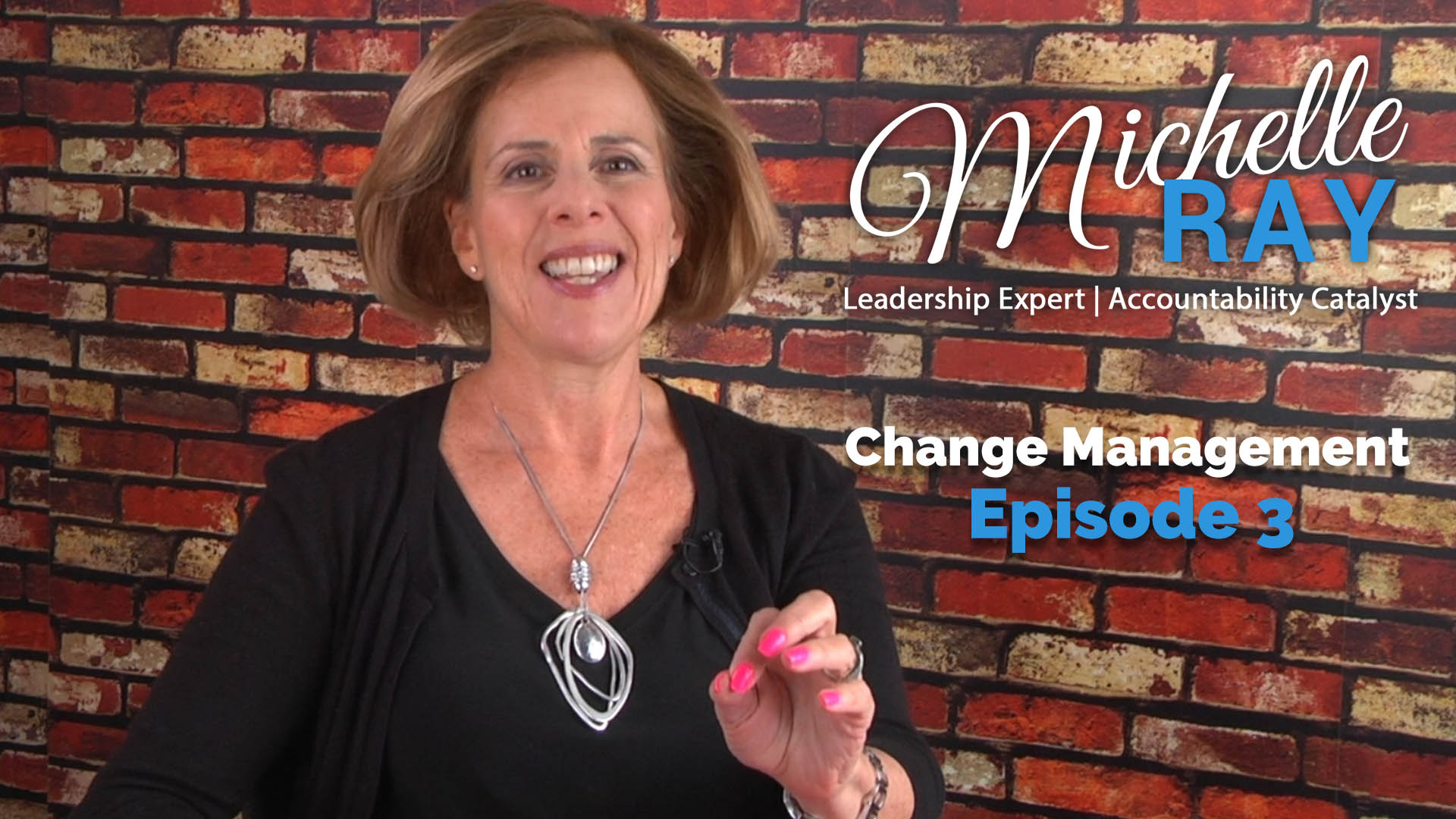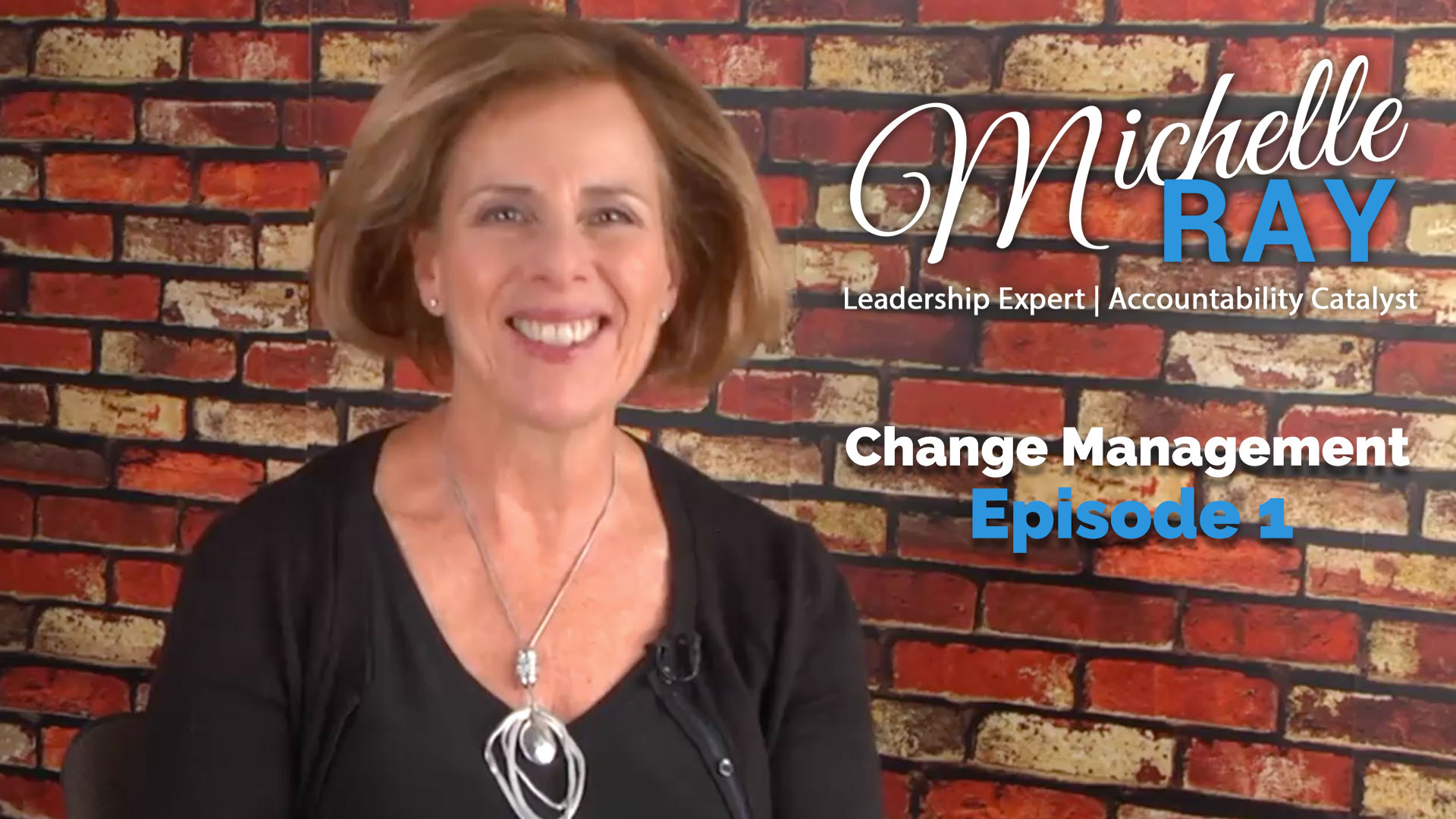 Six days before the world shockingly and unexpectedly shut down due to the COVID-19 pandemic, I was enjoying a lovely breakfast with a young woman named Chelsea. We had met the day prior at a conference where I had been engaged to speak to a group of leaders in the financial sector. As soon as I walked off the stage, Chelsea and I struck up a fascinating conversation about real-time leadership. It was clear that we could have talked all afternoon, but because Chelsea had to return to work, she suggested that we continue our chat the following morning over a meal before I left for the airport. [Read more…] about Three Reasons Why Your Business Needs Real-Time Leadership
Six days before the world shockingly and unexpectedly shut down due to the COVID-19 pandemic, I was enjoying a lovely breakfast with a young woman named Chelsea. We had met the day prior at a conference where I had been engaged to speak to a group of leaders in the financial sector. As soon as I walked off the stage, Chelsea and I struck up a fascinating conversation about real-time leadership. It was clear that we could have talked all afternoon, but because Chelsea had to return to work, she suggested that we continue our chat the following morning over a meal before I left for the airport. [Read more…] about Three Reasons Why Your Business Needs Real-Time Leadership
Change Management
Is Change Management Really That Hard?
Why is it that so many change management initiatives fail? In order to achieve buy-in, the first step involves understanding the impact of change. Individual perceptions regarding change are based on experiences; both personal and professional. As Newton’s law states: A body at rest stays at rest. A body in motion keeps moving. Change is a choice. The adage: Nothing changes if nothing changes is highly relevant for today’s leaders. When a person discovers his or her “pain point” then he or she is ready to move forward. The same principles apply for organizations. Change is a visceral, emotional experience. [Read more…] about Is Change Management Really That Hard?
Change Management Ep.4 Change and Disruption
It’s interesting how people will often use the term disruption, and the term change interchangeably. I do believe however that there are some subtle differences. Disruption is defined as a disturbance or problem that interrupts an event, an activity, or a process. It often necessitates change.
Let’s outline the process of disruption. If you think of life as a continuum, we find ourselves rolling along the highway of life, and right now we have the present. We have our current state. All of a sudden, some kind of disruption, unanticipated event occurs and we find ourselves in an altered state. There it is. That change has happened. As I said, often unexpectedly and it shakes us up. So, we take a dip as a result of that disruption.
Some of us do not know how to get ourselves out of it, so we stay in that altered state paralyzed by that disruption. But if you consider that life is actually full of peaks and valleys, when we realize that we have gone through disruption before, we almost invariably are able to find ourselves rising out of it naturally. So when we do that, we are in a new state, and we are often operating at a higher level than we did previously. We’ve achieved a new level of consciousness. So we’ve taken our lives and our careers to a new level as a result.
There are people however, that do not stay in that new state, in fact they are operating at the same level that they were previously. They remain unconscious. Because they haven’t been able to accept the disruption, however difficult it might have been, they cannot come to terms with that, and as a result, they stay stuck. And when we don’t change, and we don’t move, life and opportunity will pass us by. And without moving to that new state, it may actually be too late.
Whether we choose to label change as disruption, or disruption as change, it is often about semantics. So in summary, let’s remember, disruption is the new norm. Disruption can occur internally within your own organization or externally, driven by the market, or by your competitors. And by operating at a new level of consciousness when disruption occurs, you can benefit both personally and professionally and grow as a result.
This post is a transcript of https://youtu.be/7Ngoce9bIZo on YouTube
Change Management Ep.3 Get Buy-In to Change Initiatives
One of the biggest issues that leaders constantly ask me about is, how do I get my team to buy into change? And this is really important, because you need their support. Otherwise, you’ll find yourself at a standstill. And even worse, people will feel that the change is being imposed on them.
To prevent that from happening, here’s what you need to do. Recognize first of all that change is emotional. Change isn’t logical. Without you validating people’s emotional state, they are not gonna feel heard. They’re not gonna feel as though their reaction matters. It’s a natural thing to react to change, as we spoke of previously.
So remember to acknowledge people’s emotion before you expect them to buy in.
Next, realize that people change when they see a higher reason to change. They need to understand it. They need to see that it matters to them, that there’s a purpose to it that has applicability to their lives and to their careers.
So unless they can see that higher reason, they are more likely to be entrenched in the status quo. And also remember how important it is for you to ask for their input. You’re more likely to get acceptance of your ideas by hearing others’ ideas first.
As I said previously, people want to know that they matter. So when you listen to their ideas, and get their input, they are more likely to be receptive to your plan.
It’s also important to realize that people will change when they want to, not necessarily when you want them to. So when we try to impose a timeline, we might feel that people are going to recoil more quickly. You may have initiatives that need to happen quickly, but I want to encourage you to remember that people need to see the reasons to change before they will accept your ideas.
In summary, remember, account for the emotional response. Acknowledge the fear. It is a natural reaction to change. Realize that how you position change can influence the outcome. When you are able to get that buy in, it’s due to the fact that you have taken into account other people’s ideas, other people’s input. And minimize the shock factor by involving people from the outset and realizing that their ideas are just as valuable, and may contribute to the success of your change initiatives.
This post is a transcript of https://youtu.be/sJ-eJUn3Ghs on YouTube
Change Management Ep. 1 – Assessing your Internal Lens

The famous poet Anonymous once said, “Nothing changes if nothing changes.” Reacting to and resisting change initiatives is nothing new. Most of us are uncomfortable with change because it represents confronting the unknown, posing a threat, whether or not that threat is real or imagined.
In business, anticipating change is essential for survival. New realities regarding the pace of technological change, changing workplace demographics, and an ever changing economic climate necessitate acceptance.
There isn’t an industry that hasn’t been impacted by the need to confront an ever changing landscape. Standing still while burying one’s head in the sand is not an option. Ready or not, evolving with the times is essential. Without awareness and information, you’ll invariably continue reacting to change rather than anticipating changing market conditions.
During this video series, you’ll learn how to overcome the fear of change and alter your entire perspective regarding situations that are outside of your control. You’ll be equipped to lead your teams and organizations with greater confidence. Let’s begin by assessing your internal lens, as well as the lens you use to view the world.
We need to be asking ourselves, if we’re leading ourselves, are we being the best possible example that we can be?
We manufacture a lot of our own fear. All of us should look at leadership as being a mindset, it’s about being the leader of your own life, and we all have the choice to be able to do that.
Change. Crisis or opportunity? Well, it all depends on how you see it. Why is it that our primary reaction to change is driven by fear? That’s the main emotion that stops us in our tracks. You see, we manufacture a lot of our own fear. We often worry about things that don’t even happen. We just think that they will. For this reason, our perception regarding change determines how we see reality.
We all remember the demise of Blockbuster video, a company that viewed change through the lens of fear. Even though they were at the forefront of internet technology, they chose to stand still. It wasn’t that they didn’t make a move to change, it was the fact that they didn’t move at all that ultimately led to their demise.
Fear is a paralyzing emotion. It clouds our assessment of possibilities. When we’re stuck in the fear, we just can’t see opportunity. The question is, what lies behind our fear and why does this stop us from embracing change?
Well, this is largely due to the fact that our thoughts are driven by a fear of loss, and it’s very important to understand why this will stop you from pursuing new opportunities.
Fear of loss; what are we afraid of? We’re afraid of becoming irrelevant. We’re afraid of losing our job. We’re afraid of losing our purpose and our meaning in the grand scheme of things. And that is why we can’t see past the fear to embrace change.
I want you to ask yourself, is your fear of change real or imagined? Because when we are immobile, we can’t see the possibilities.
Here are the key things to remember about the fear of change and seeing change as an opportunity. Know yourself. Understand the core reasons behind your learned behaviors and reactions, and make a decision to reassess and reframe your attitudes to change.
This post is a transcript of https://youtu.be/Tqib3woP73M on YouTube
Resentment, Resistance, Rejection: Demystifying the Fear of Change
Nothing changes if nothing changes. The only constant is change. All great changes were preceded by chaos…Wise and witty sayings on the subject of change that have become popularized and shared through the ages. Yet, many of us continue to baulk at any organizational change initiatives, despite the evidence presented by leaders who tell us that if we don’t move forward and break from the past, we risk becoming irrelevant. [Read more…] about Resentment, Resistance, Rejection: Demystifying the Fear of Change





